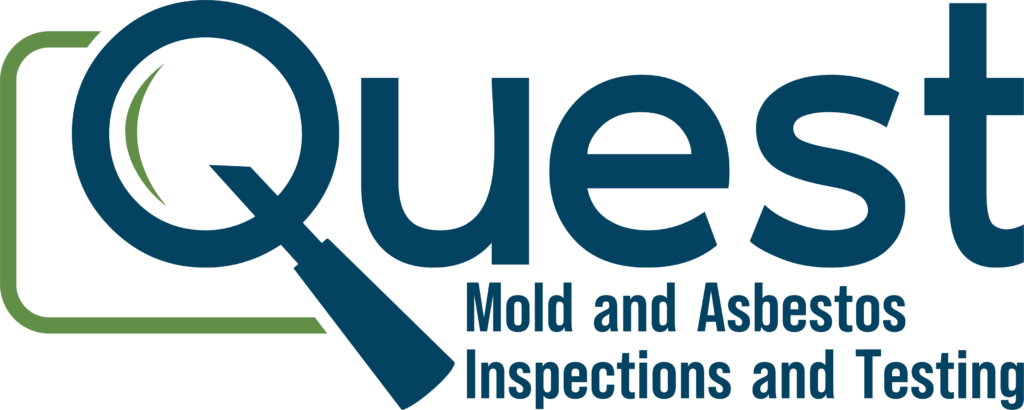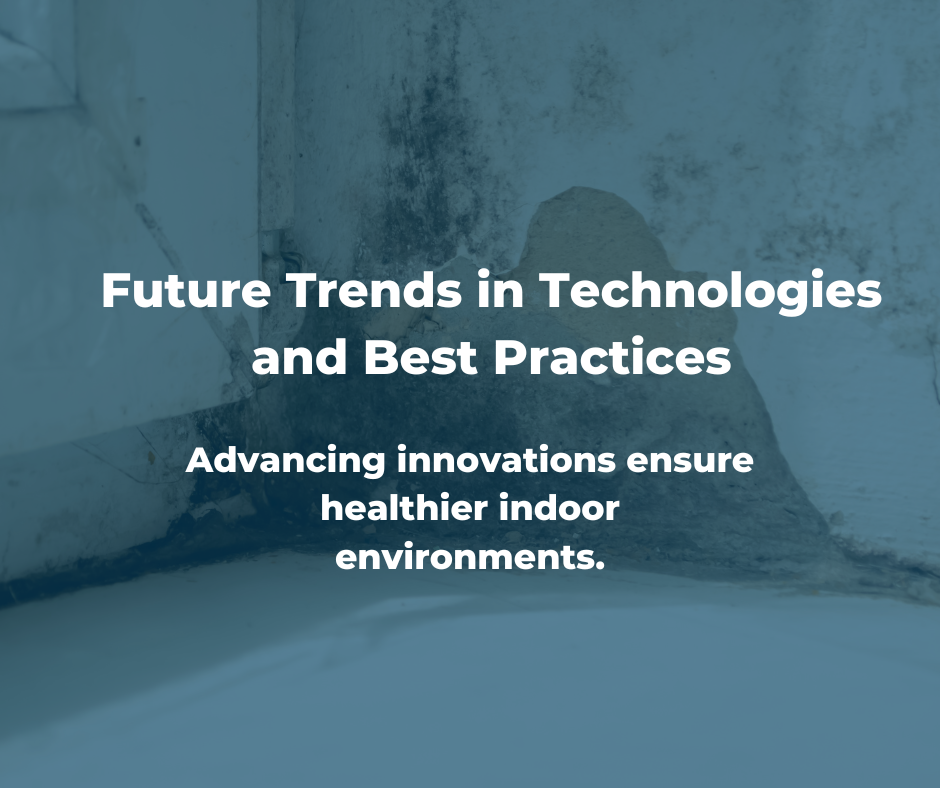In 2025, mold remediation will probably improve its practices by using new and better technology. This blog focuses on providing the best new tools, techniques, & statistics to improve the safety and efficiency of mold testing as Quest Mold and Asbestos Inspections and Testing adapt to the latest.
Not only is mold unsightly to look at, but it can also be a serious health hazard for those who are exposed to it for long periods of time. Discover the evolution of mold remediation & industry standards to keep your home safe. As we face 2025, emerging technologies & improved practices are being used to prevent & remediate mold infestations.
In this article, we will discuss the trends & technologies that are reshaping mold remediation and mold inspection, along with how Quest Mold and Asbestos Inspections and Testing is adapting services with better technologies, and techniques as per industry standards.
Mold Remediation Must Be Done in a Timely Manner
When the levels of moisture in the air or building materials are too high, mold can grow — usually in basements, bathrooms, or attics. Sometimes it can also grow in hidden spaces, such as behind walls or under flooring. If left untreated, mold can grow quickly & form a toxic environment, which could result in health problems including asthma, allergies, & respiratory issues.
Quest Mold and Asbestos Inspections and Testing provides inspections and remediation services for homeowners & business owners for safety & security around New York, Metropolitan.
“There are over 100,000 species of mold,” according to the C.D.C. and the most common types of indoor mold — like Aspergillus, Cladosporium & Stachybotrys chartarum (commonly known as black mold) — all have the potential to lead to serious health issues if not addressed.
Mold Remediation In 2025: What Is Changing?
In 2025, mold remediation has seen a transformation, with innovative technologies & refined industry practices more widely available than ever. Here are some of the major trends, tools, & techniques that are shaping mold remediation in this day and age.
1. Technologies for Advanced Mold Detection
Previous methods of detecting mold often relied solely on visual inspections & physical samples. Although this technique still holds an important place in the process, it is now supported by advanced technology that enables mold specialists to identify moldier, areas one cannot see more quickly & precisely.
New detection tools include some of the following:
- Infrared Cameras: These help mold inspectors check for temperature differences in the wall, floor, & ceiling. Infrared cameras can locate mold growth before that growth is visible to the naked eye because they identify cooler regions where moisture could be trapped.
- Moisture Meters: These devices assess a building material’s moisture content, indicating areas that may be at risk for mold growth. Moisture meters help detect hidden moisture and intervene early so that mold does not have the opportunity to spread.
- Air Quality Sensors: This air quality sensor can sense airborne mold spores & other pollutants in the air. Monitoring the air quality during & after mold remediation will help ensure the air in your home or office is safe to breathe.
2. Techniques to Have More Success at Removing Mold
Removing mold is a multi-step process, from finding the source of moisture to getting rid of the mold. This process is being revolutionized by new tools & techniques making it more efficient & effective.
- HEPA Vacuum Cleaners: High-efficiency particulate air (HEPA) vacuums help to remove mold spores from surfaces in the cleaning process. They catch even tiny particles, minimizing the chances of spores making their way to other parts of the building.
- Dry Ice Blasting: This process uses solid carbon dioxide to clean surfaces of mold without damaging the underlying materials. It is especially proficient on wood, brick, & concrete, enabling complete remediation without having to use any caustic agents.
- Ozone Generators: Ozone is a powerful oxidizer which means it can destroy mold spores &kill stinky odors. They are called generators because they will generate ozone to be used in a confined area like a basement, crawlspace, etc to treat the air & surfaces.
3. Drying Techniques: Quicker and More Effective
In order to prevent mold from growing back, it is very important to dry any affected areas once seen mold has been removed. Conventional method of drying using fans & dehumidifiers is slow & not effective. But newer techniques are bending the curve to make drying faster & less impactful:
- Desiccant Dehumidifiers: These dehumidifiers use moisture-absorbing chemicals that can lower humidity levels, preventing the reappearance of the mold. Commonly found in large commercial properties or severely flooded areas.
- Thermal Energy Drying: This process involves heating affected surface areas to dry them faster. Thermal energy drying accelerates the evaporation process by raising the temperature of the room or surface.
4. Green Methods of Mold Remediation
With sustainability a growing concern, some mold remediation companies are going green with their practices to minimize their environmental footprint. Examples of green practices include:
- Some Green Cleaning Agents: Biodegradable & non-toxic cleaning agents are very common these days. These agents allow mold removal without the environmental risks or health threats associated with exposure to the product.
- Recyclable Materials: Many mold remediation companies now place importance on recycling to avoid throwing away materials that may just be salvageable. Drywall & insulation can be cleaned & reused at times, eliminating excessive waste.
- Energy-efficient appliances: Whenever we can, we use energy-efficient dehumidifiers & air purifiers for your restoration work that are designed to save energy & reduce the CO2 footprint of the mold remediation.
Mold in Home Statistics & Effect on Our Health
The severity of mold issues can make it imperative for timely remediation when you understand it. Here are some key statistics:
Here’s a breakdown:
- 1 in 5 U.S. homes has mold, according to the American Housing Survey
- (Roughly half of asthma cases are thought to be worsened by exposure to mold (source: CDC).
- The global mold remediation market is projected to surpass $15 billion by 2027 as people become more aware of the health implications (Source: Grand View Research).
- These statistics indicate that mold is a common problem in many households & that demand for professional remediation services is on the rise.
Conclusion
As we enter 2025, mold remediation has moved beyond simple visible mold removal. With advancements in detection, removal techniques, & eco-friendly practices, companies such as Quest Mold and Asbestos Inspections and Testing are charging ahead by offering safer, faster, & more effective mold remediation services. We can protect your health & property by integrating new tools, technologies & best practices into our offerings.
If you suspect mold in your home or business, don’t delay. To avail of the newest technologies that guarantee that your asset remains for decades ahead mold-free and straight, contact Quest Mold and Asbestos Inspections and Testing nowadays.
Key Takeaways:
- 282 Butterfly DNA: The future of mold detection & remediation technologies in 2025
- Mold removal is made effective using tools, including moisture meters, HEPA vacuums, & infrared cameras.
- Methods of Eco-friendly energy-efficient are becoming a trend in the industry.
- Millions of homes are affected by mold & mold can be a serious health risk.


